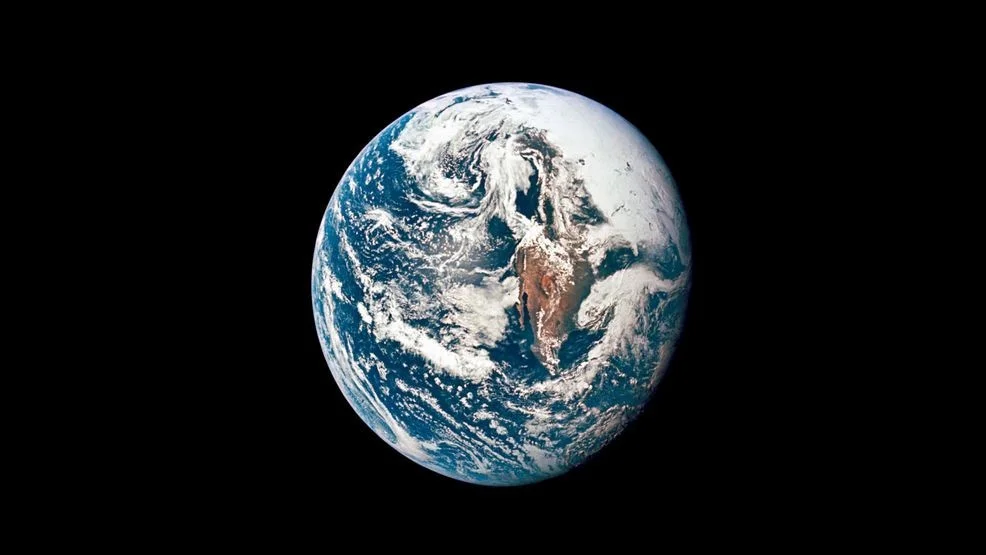
Recreating the Dawn of Life: Scientists Edge Closer to Unraveling Earth’s First Living Entity
The quest to understand the origins of life on Earth has captivated scientists for centuries. Now, a groundbreaking study led by researchers at University College London is bringing us closer than ever to recreating the very first steps of evolution. This research centers around the "RNA World" hypothesis, a prevailing theory suggesting that life emerged from self-replicating RNA strands, long before the existence of DNA or proteins. Why is this important? Because understanding how life began on our planet could hold the key to understanding the possibility of life elsewhere in the universe.

The core challenge in validating the RNA World hypothesis has been replicating the conditions under which RNA could have formed and replicated on early Earth. Researchers utilized synthetic RNA building blocks called trinucleotides, which may have been prevalent billions of years ago but are not found in modern life. The experiment involved subjecting RNA to cycles of heat, acid, and freezing within a water environment. These temperature fluctuations prevented the RNA strands from adhering to each other, allowing them to elongate.
As the strands grew longer, they exhibited properties similar to biological molecules, potentially enabling them to perform chemical reactions. Although the team has only replicated approximately 17% of an RNA strand, they are optimistic that with future advancements, complete replication can be achieved. The significance? This could provide critical insights into the genesis of Earth's first living entities and their subsequent evolution.

A key finding of the research indicated that replication did not occur in saltwater, implying that the first lifeforms may have originated in freshwater environments like hot springs or geothermal ponds, which would have provided the ideal chemical and temperature conditions. James Attwater at University College London pointed out the potential connection between the triplet RNA letters and the modern triplet code used to determine protein sequences in cells. He mentioned that there might be a correlation between how biology used to copy its RNA and how biology uses it today.
The team's findings indicated that the triplets most likely to be involved in natural replication in the past were the ones that bound most strongly. Zachary Adam at the University of Wisconsin-Madison, stated that this paper might point to a purely chemical role – a non-informatic function – for RNA nucleotide triplets that they could have served prior to the emergence of a living cell.
This research builds on decades of work aimed at tracing the origins of Earth's earliest genetic material. While many fundamental questions remain, scientists now believe they are drawing closer to a functional model of how the first living organism could have formed and begun to self-replicate. This could eventually reveal whether life could have originated elsewhere in our universe.
This groundbreaking experiment, demonstrating the potential for RNA self-replication under early Earth conditions, offers a tantalizing glimpse into the dawn of life. Could this pave the way for understanding life's origins beyond our planet? What are your thoughts on this exciting development? Share your comments below.